A Gabrielino Indian Site
Fern Dell, Griffith Park – map
Declared: 3/7/73
If you’re into pictures of trees, rocks, and dirt, you’re in luck. If not, you may want to move on now.
The city’s Cultural Heritage Board designated the area bound by Los Feliz Boulevard, Red Oak Drive, Fern Dell Place, and the Los Feliz Estates a landmark after archaeologists discovered artifacts proving the mouth of Fern Dell Canyon was once the site of a Tongva/Gabrielino Indian village. Of course, you can’t really see any evidence there today. But it sure makes for a nice stroll on a winter afternoon, especially following a good rain.
To begin, it seems everybody and his mom has an opinion as to when the Tongva Indians settled in Southern California. In The Gabrielino, author Bruce W. Miller says that while there’s evidence that someone lived in the area as far back as 6,000 B.C., it’s likely it was about 2,000 years ago when a branch of the Shoshonean people migrated in bits and pieces from the area of Southern Oregon and Nevada to settle locally as the Tongva tribe.
Here's a washed-out glimpse of L.A. HCM No. 168, the Griffith Observatory.
The Tongva first saw Europeans when the Spanish exhibition led by Juan Cabrillo passed by briefly in 1542. Sixty years later, a second group of Spanish explorers dropped by, but it wasn’t until 1769 when the Tongva met with what ultimately led to the tribe’s near-eradication. A party led by Don Gaspar de Portola tramped up from San Diego with the task of exploring and creating settlements in order to solidify Spain’s stakes in the California ground. It’s believed there were then about thirty Tongva villages spread out over 4,000 square miles with around 5,000 Indians. Two years later, Franciscan priests founded the San Gabriel Mission, re-naming the Tongva the Gabrielino.
What is this?
Over the course of more than five decades, the Gabrielino tribe was nearly decimated, its members dying of, in Miller’s words, “European enlightenment – hard work, diseases, and an unaccustomed diet.” Despite a few attempts at revolt, the Gabrielino remained virtual slaves to the mission fathers. By the time they were given their freedom in 1827, only a handful remained. Six years later, as part of the secularization of the missions, the Gabrielino Indians were awarded half the land and property of the missions. However, debt, deceit, and at least one unfair law made it impossible for the survivors to hold onto their lands.
It’s estimated there are as many as a few thousand Gabrielino/Tongva living in California today, with 300 enrolled members in the Gabrieleno/Tongva of San Gabriel.
The 1947 Memorial to Minnie M. Barton from the Soroptimist Club of Los Angeles.
If you’ve driven by the southern tip of the landmark on Los Feliz Boulevard, you’ve probably noticed a pair of monuments flanking the base of Fern Dell Drive. On the right, entering the park, you see this bear, given “To the people of the United States of America in gratitude for their aid, friendship and protection. Presented to our sister city, Los Angeles, by the people of free Berlin.”
On the right side, leaving the park, there stands this monument to explorer Leif Erikson, who “landed in America, year 1000”. I guess this is the city’s reminder that while it’s all well and good to tip our hats to those nice Indians, let’s not forget who’s the real “Discoverer of America” (wink, wink).
Source:
Bruce W. Miller. The Gabrielino Sand River Press 1991 Los Osos, California
Up next: Young's Market Building


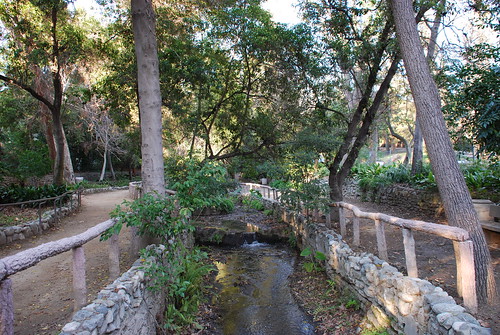
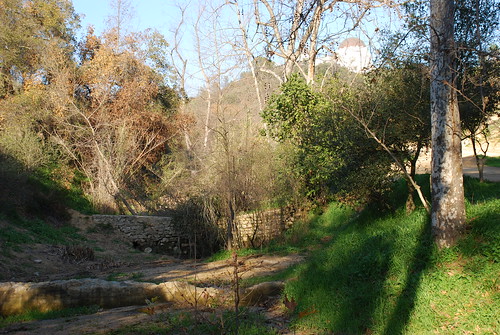

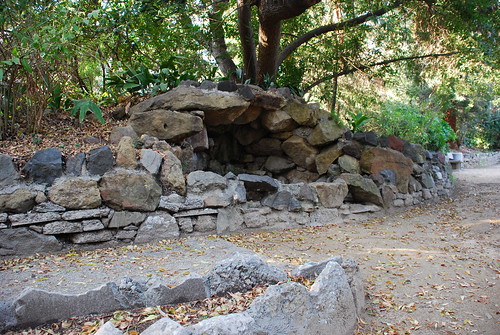
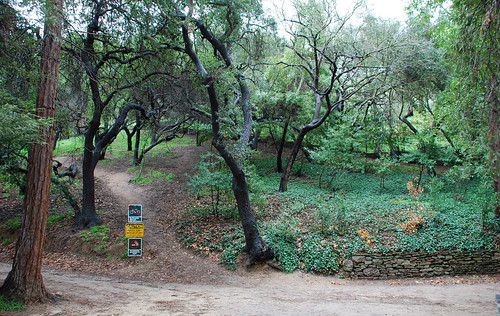
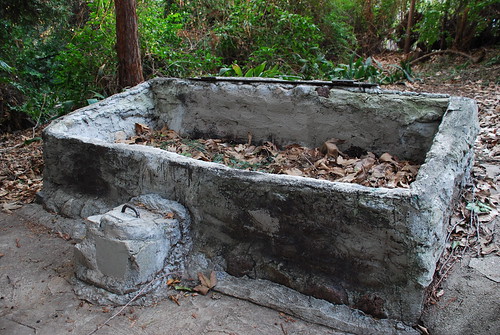
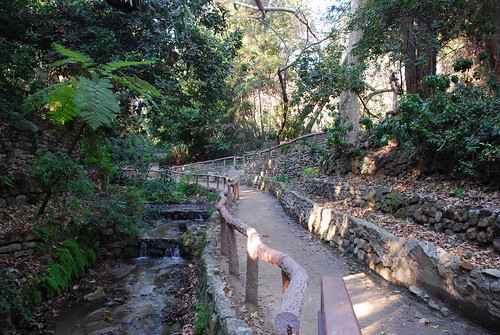
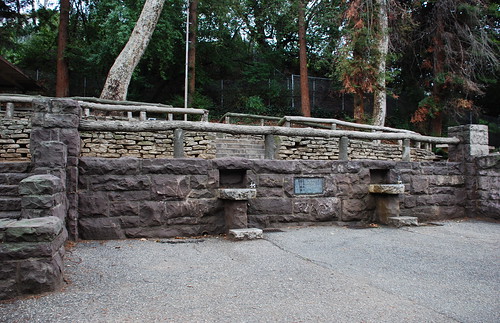
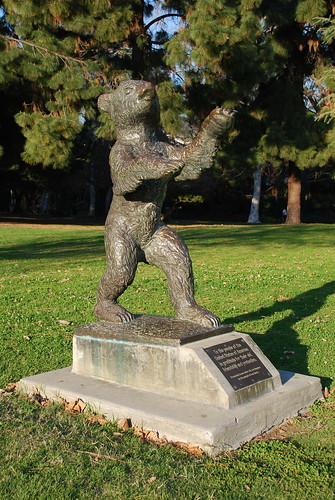
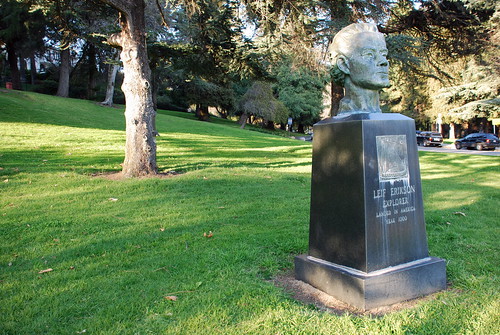
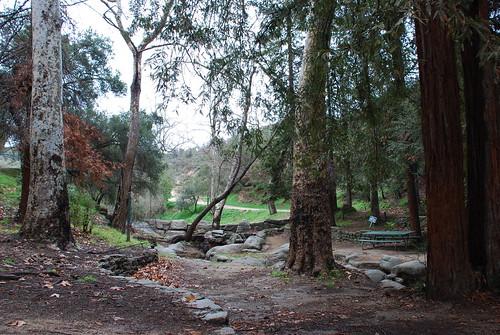

5 comments:
Growing up in the hot, dry Valley, Fern Dell was a magical place when my parents took me there as a kid.
I didn't know about the Indian village, though. Thanks!
Hi, Darrell. I know it sounds trite, but it sure felt a bit oasis-like when I was there. Night and day from the traffic of Los Feliz a football field away.
Now that he's 75, and from his Mother has heard all these stories of his Indian heratage;it's about time someone did something to remember the Tongva/Gabrileno's who were first Shoshoni, and taken advantage of.
His Nanita was full blooded and sold to an European family as a playmate for their daughter, then taken advantage of........and the story goes on. He is a registered American Indian.
The Hollywood & Western Metro station just down the hill from here has an art installation that commemorates this village.
It's the year{2010} and i hear the Tongva/Gabrileno tribe can not get justice for there ancestors injustice still. The living tribal members are spread out across the areas of L.A County and Fresno County. About {2000} registered members strong, the Tongva/Gabrielino's would like to see if our U.S.government would be willing to undo the wrong that was done in the past. Weather it was taking their native land, or the federal land that was set aside for them [fort tejon area]. All the Gabrielino's want is to be federally recognized so they can preserve their heritage and promote their tribes well being.
Post a Comment